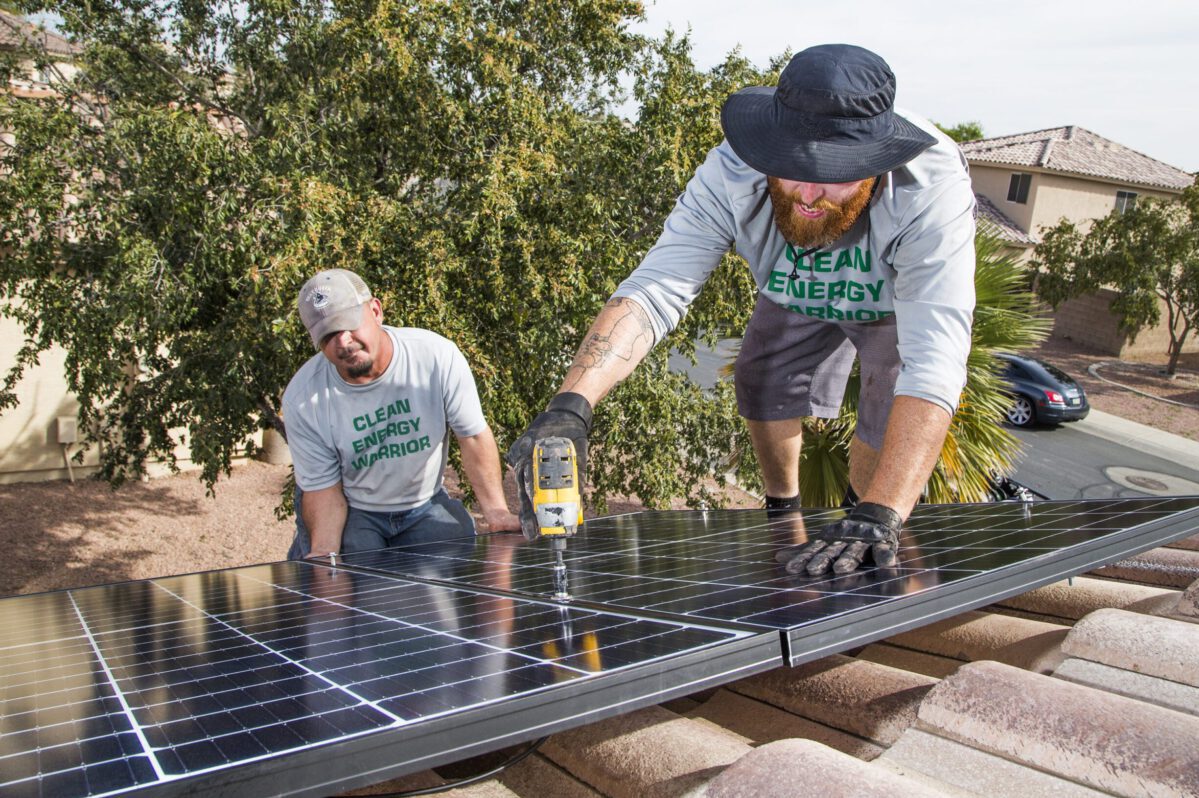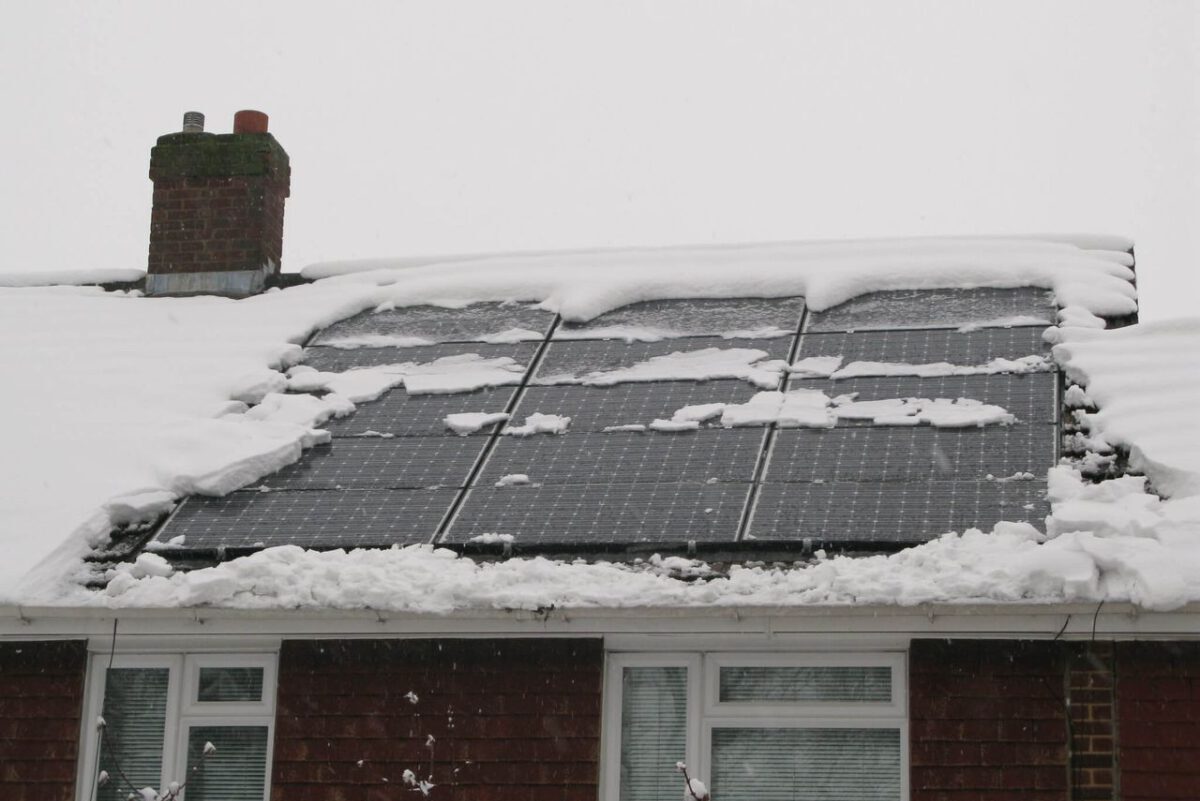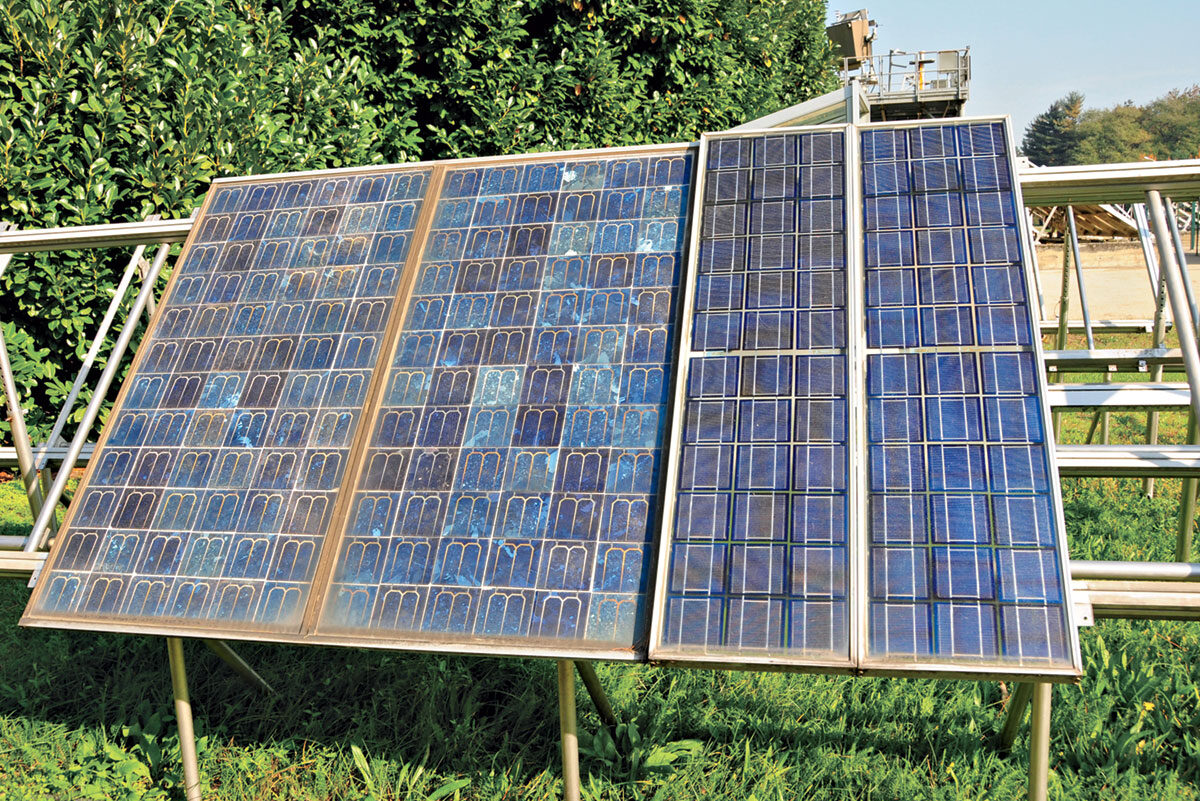Why Solar Panels are Effective in Cold Weather
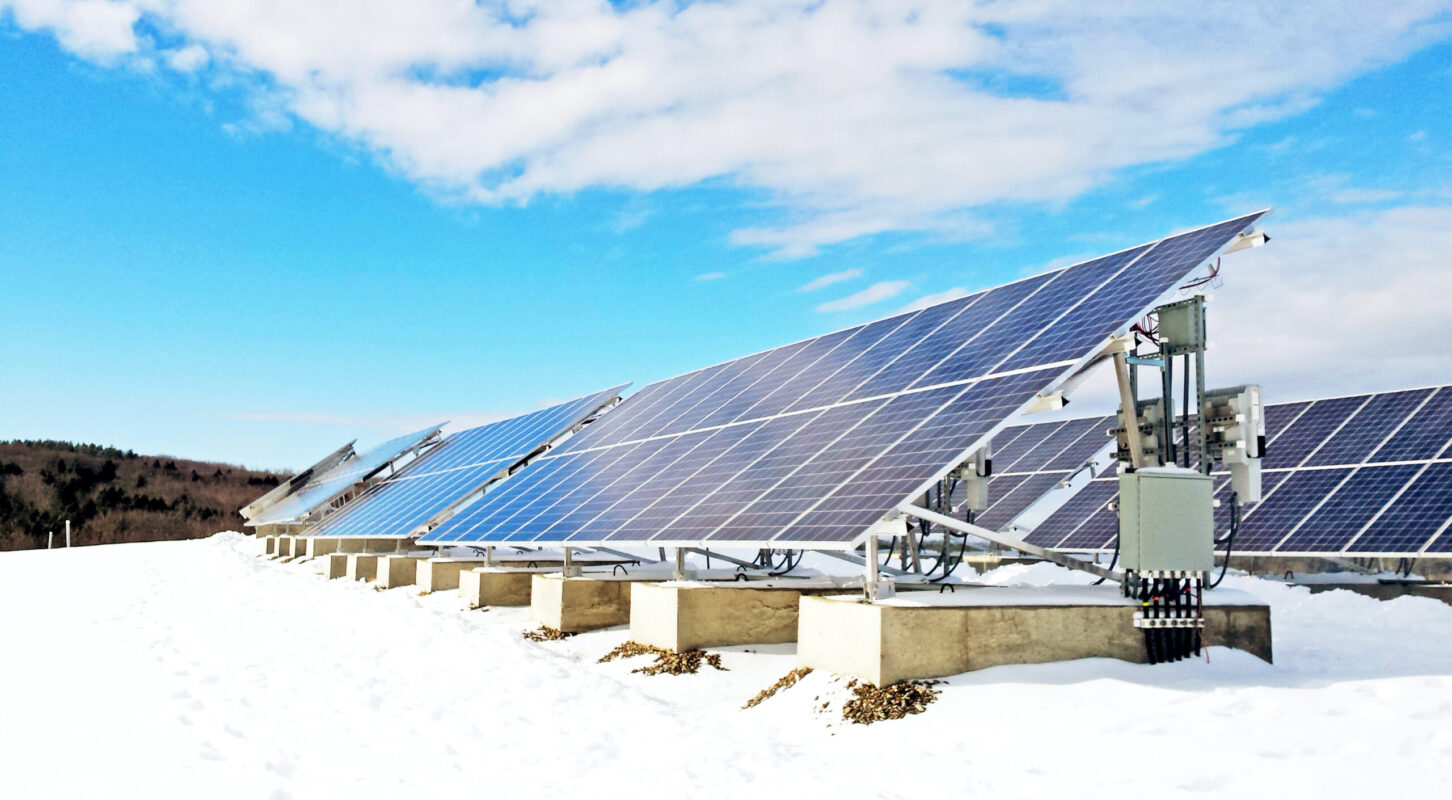
A popular myth surrounding solar panels is that they are only ideal in sunny weather since they rely on sunlight to function. False. P.V. panels are a reliable, effective, cost-efficient, and resilient energy source, even in cold weather.
Solar energy generates electricity from sunlight, not sun heat. Besides, cold climate areas have recorded an increase in solar panel installation over the past few years. Interestingly, most of the leading states with the highest solar installations are located in extremely cold areas with snow, hail, and ice.
While it may seem counter-intuitive, according to science, it appears that warm air tends to hold more moisture. Some researchers believe that the retained moisture plays a role in creating significant and dangerous hails.
Although these trends could negatively impact productivity and project risk, especially solar panels placed on the ground and rooftops, there are innovative modules P.V. panel designs. These designs aim to extend the durability of the panels while mitigating such threats.
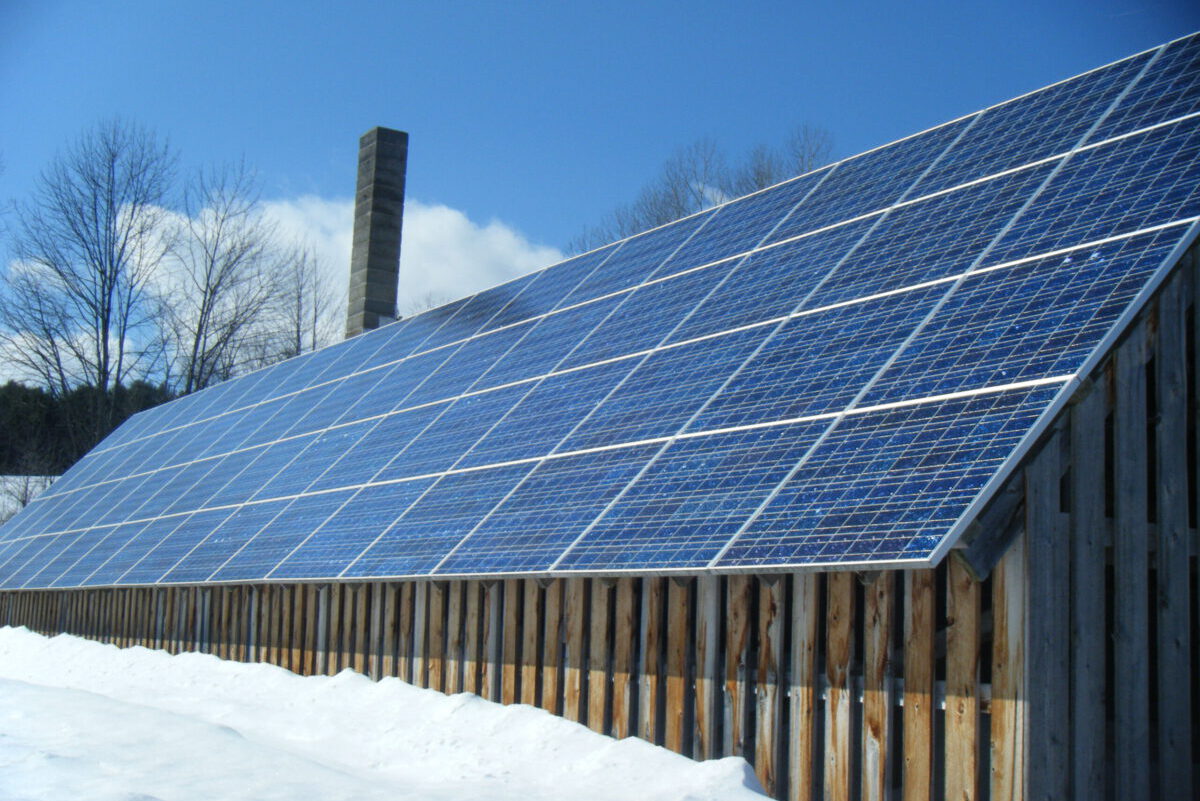
Cold weather has been seen to improve the performance of solar modules. Usually, solar panel module production varies depending on ambient temperature. The higher the temperature, the lower the voltage of the panel, and the reverse is true. Thus, the lower the temperature, the higher the voltage.
Therefore, solar production is bound to increase as temperature decreases, making solar ideal for cold weather areas. Besides, snow has reflectivity, which helps increase production through bifacial modules by offering more irradiance.
However, cold weather could also pose adverse effects on P.V. modules. Snow, hail, and ice could immensely reduce the productivity of solar, or at the worst, destroy it completely. Accumulation of snow is similar to dust or soil accumulation which results in decreased productivity. With extreme buildup, productivity could completely cease once the module is covered in snow.
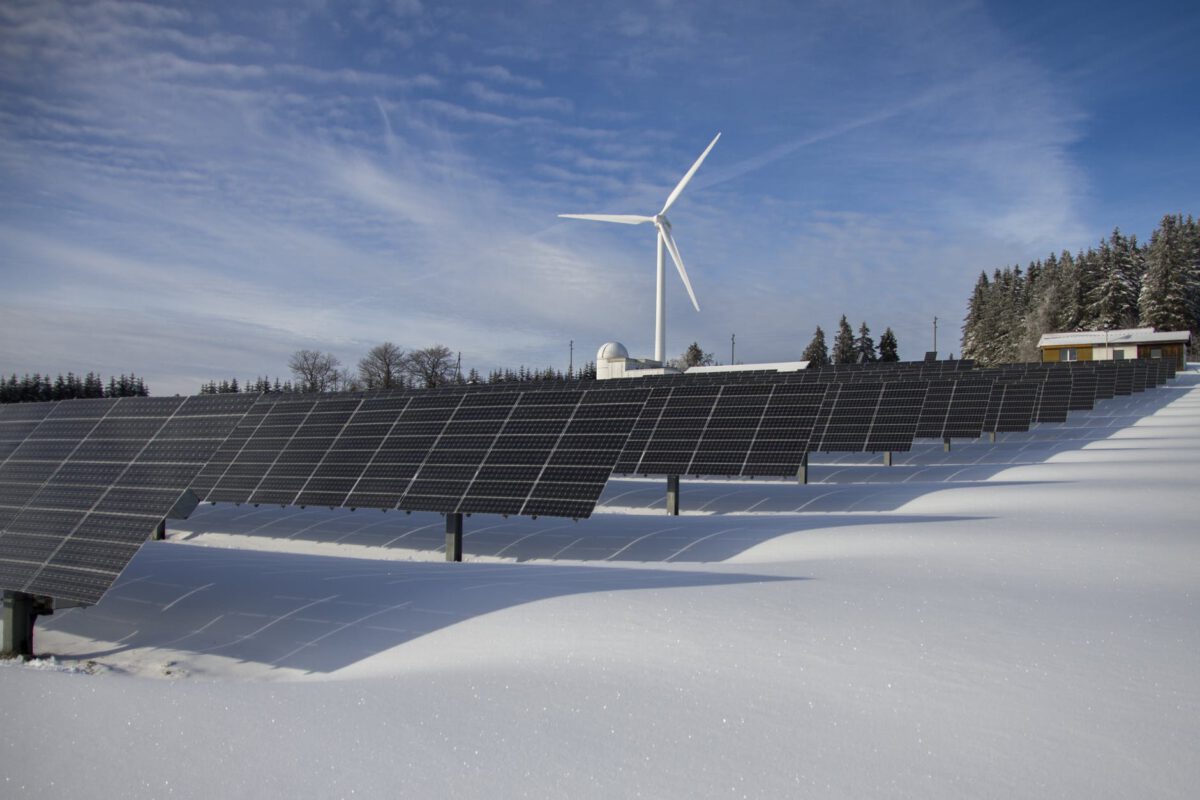
There are utility projects where the solar modules are installed on racks using one pier. Accumulation of snow of such a structure could result in the panel being misaligned. Also, the accumulated ice can impact module performance.
The primary concern when it comes to ice accumulation is the ice dam effect. This effect arises when the snow melts as the sun comes up during the day. The water will flow and drip to the module. Over time, the small water droplets will turn into ice as it continues to accumulate on the bottom side of the panel.
The result will be unevenly distributed weight which will create stress on the panel. Once enough ice forms on the lower side of the module, the weight will cause the lower edge to fail, and the glass will shatter. On the other hand, sizable hailstones, when falling, can accelerate and destroy the modules.
Irrespective of all these challenges, it is possible for project owners to mitigate these risks. They can select durable P.V. modules to help maintain their projects regardless of the prevailing weather conditions. Also, refrain from using snow rakes and any other equipment with teeth to clean your modules.

